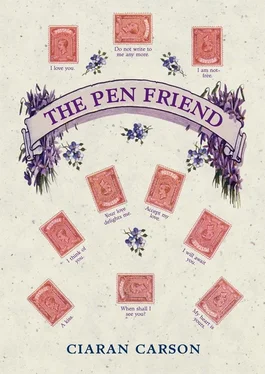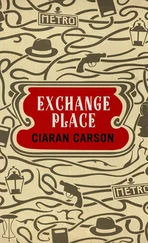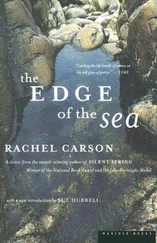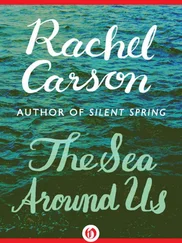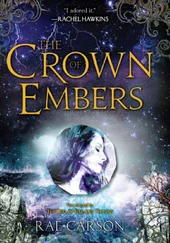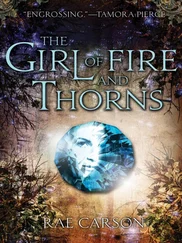Casein was first developed and patented by two Germans, Spitteler and Kirsch, in 1899. It was then taken up by firms in Germany and France and used for industrial purposes under the name Galalith. Subsequently other countries produced their own casein under a range of names: Aralac, Aladdanite, Ameroid and Pearlolith in the USA, Akalit in Germany, Ambloid and Ambroid in Japan, Beroleit and Casolith in the Netherlands, and Estolit in Estonia, to name a few. In Britain, casein was produced under the name Syrolit by Syrolit Limited, in their factory at Enfield, North London, the home of the Lee-Enfield rifle. In 1911, the firm moved to Lightpill in the town of Stroud, Gloucestershire, where it set up in a derelict cloth mill once used for making ‘scarlet’ for British Army uniforms. In 1913 the firm renamed itself Erinoid because the raw milk solids used in the process were imported from Ireland through the nearby port of Bristol, and I thought of boats crossing the heaving green Irish Sea with their holds full of a pale green cheese that would end up as buttons, fountain pens, and electrical plugs. With the onset of the Great War, supplies of Galalith from Europe ceased, and Erinoid found a ready home market. Soldiers’ uniform buttons were made from Erinoid.
And then I remembered your third card had been posted in Stroud, and wondered how I could have forgotten the Stroud connection. But then we were more than a little drunk by then, that night in New York when you told me of your mother’s suicide, and the next morning I had forgotten some of the salient details. After the war, you said, your father emigrated from the Netherlands to take up a position in the London branch of Philips, and it was in London that he met your mother. In 1958 or so — you were seven or eight — your father was assigned to the Lightpill factory in Stroud to oversee the production of a new design of light-switch; he worked there for two years, sometimes staying all week, sometimes commuting home in the evenings, for London was only two and half hours from Bristol on the Great Western Railway, and as I try to piece together your story from my fragmentary recollection, more lines from Auden’s ‘Night Mail’ come into my head:
Letters of thanks, letters from banks,Letters of joy from the girl and the boy,Receipted bills and invitationsTo inspect new stock or visit relations,And applications for situationsAnd timid lovers’ declarations …
and I think of the train bearing its long plume of smoke through the darkness.
Where’s Daddy? you used to ask, when you woke from one of your nightmares. You slept badly for those two years. Daddy’s in Lightpill, your mother would reply, and you would envisage him standing in a pool of light, near yet far away, bent over a workbench, and he would turn his head as if he heard something, and look into the distance with a puzzled look, and then he would smile as if he had seen you, and he would wave his hand. And sometimes you thought Lightpill was a holiday resort, like Blackpool, and you were angry with him because he’d gone on holiday without you. Daddy’s in Lightpill, your mother would say, he’s just telephoned to say he’s working late. That was in the days when you said ‘telephoned’, you said. Sometimes the phone would ring when you were still up, and you would answer it, and he would say, I’m sorry I can’t be at home, Nina, darling, but I’ll be home soon, and he would tell you stories about Stroud. Did you know that the man who wrote the Thomas the Tank Engine stories came from Stroud? you said. The Reverend Wilbert Awdry. My father would tell me how the Reverend Awdry used to live beside the railway depot at Stroud as a child, and he would lie awake at night listening to the groans and clanks of the goods trains, their whistles sounding in the dark like cries of happiness or sadness, and how he imagined personalities for them, and made up stories for them, you said. It was funny, because as a child I never thought of the stories as having an author, you said. And when I remember these details I find it difficult to understand how I could have forgotten Stroud. Then your mother would come in and say, Miranda, is that your father? And she would talk to him then, but sometimes not for long.
Sometimes she would appear upset, but maybe that’s only in retrospect, you said, after I got the postcard. The postcard? I said. It was long after my mother’s death, you said, about 1975, eight, nine years ago, I got a card from Stroud. I hadn’t thought about Stroud for about fifteen years, you know? A typical postcard image, it showed the vicarage and church in Stroud, very idyllic, and on the back it read, Dear Nina, maybe see you some day . And that was all, it was creepy, no signature, but it was a woman’s writing. No one else called me Nina, only my father, and by then he was dead too. And then I began to think that maybe he hadn’t always been working late in Lightpill, you said.
I look at your own postcard again, trying to glean what I can from the image. Berlin. Bahnhof Friedrichstrasse. Berlin/ Historisches Stadbilt, 1930 , it says on the back. The station is thus in Berlin, not East Berlin as it would become. The stamp hadn’t been postmarked, it was one of those that sometimes slips through the franking machine, so I had no idea where you were when you sent it. We’d gone together to West Berlin in November 1982, I was curating a show by a young Belfast painter, Gerry Byrne, at an obscure gallery called Kunstwerkstatt, run by a group of West Berliners who had contacts with the East, and they managed to get us into East Berlin for a day. You remember. It is a summer’s day in 1930 in the photograph. On the viaduct above Friedrichstrasse a massive steam locomotive is about to pull a train out of Bahnhof Friedrichstrasse. Because I come from a city in which there are no elevated tracks, such a sight always seems magically incongruous to me, it adds another dimension to the cityscape. The train has a massive, spectacular presence, and I study it for some time before my eye is drawn to the details of the street. There is a Parfumerie in the left foreground, and I wonder what fragrances were in vogue in Berlin in 1930, and further on in, in the shade of the viaduct, is a Foto sign, and a row of boutique windows, and a stream of passers-by, and when I examine their clothes and their faces through the loupe, the closer I get the more abstract they become, because everything — shops, people, signs, traffic, clouds — is composed of the same matrix of black and white dots, yet I am still convinced of the solidity of that world as it registers the light that fell on it then, that summery moment in 1930 when the number 10 bus is passing under the viaduct, with the word JUNO inscribed on its brow. I take it to be a brand name rather than a destination. Soap, perhaps. But Juno is also the moon-goddess, wife of Jupiter. She is the goddess of war, but also of married women and of children born in wedlock. And in East Berlin we’d been taken to the Pergamon Museum. You’d been impressed by a sculpture of the Babylonian fertility goddess Astarte, with whom Juno is associated, and you bought a postcard of it, you remember. Wedlock, you said, what a strange word. I take it you were born in wedlock, Gabriel. Oh, my father and mother wouldn’t have had it any other way, I said. My father especially was a devout Catholic. Tell me about him, you said, I wonder if he was anything like my father. Remember?
As I write this with the Conway Stewart pen I am reminded that casein has one weakness as a material: it becomes unstable when it comes into prolonged contact with moisture. In the manufacturing process, the casein is laid down in very thin slabs like sedimentary rock, at the rate of one millimetre per week, so it takes sixteen weeks to build up the sufficient thickness required for a pen casing. The material is then hardened by placing it in a solution of dilute formaldehyde, the chemical used for embalming; this can take up to five months, so that the whole process, like human gestation, takes nine months. If a casein pen is placed in water for any length of time, it will soften and warp, as it tries to return to its original slab shape, to the womb of the vat in which it was formed. Casein has a memory. I write through the layers of intervening time, and find it difficult to separate what I might have told you about my father then, or what I might have already told you, or what you might have known without my telling you, from what I know now. So much has been laid down in the meantime.
Читать дальше
